I'm writing a program that plots the Mandelbrot set in C.
I've been able to display it and it looks fine however when I lower the number of iterations I get this effect that generates what I can only describe as "clouds":

And here's how it should look (I got it from a website) :
How can I make mine look like the above? Here's the code that plots a single point:
double getFracPoint(double x,double y){
//scale x and y
x = x * ((plotEnd.x-plotStart.x) / SCREENWIDTH) + plotStart.x;
y = y * ((plotEnd.y-plotStart.y) / SCREENHEIGHT) + plotStart.y;
x/=zoom;
y/=zoom;
//instead of using the complex number library of the C standard
//I decided to use regular numbers as it turns out to be faster.
//The first number is the real part the second number is the imaginary
//part.
double z[2];
z[0] = z[1] = 0;
double c[2];
c[0] = x;
c[1] = y;
int n = 0;
for(int i = 0; i < ITERS; i++,n++){
//if it's out of boundaries we are sure it does not belong to the set.
if(z[0] > 4 || -4 > z[0] || -4 > z[1] || 4 < z[1])
break;
double t = z[1]; //store z[1]
//multiply z to itself
z[1] = (z[0] * z[1]) + (z[0] * z[1]);
z[0] = z[0] * z[0] + -(t*t);
//add C to Z
z[0] += c[0];
z[1] += c[1];
}
return (double)n/(double)ITERS;
}
What am I doing wrong here?
